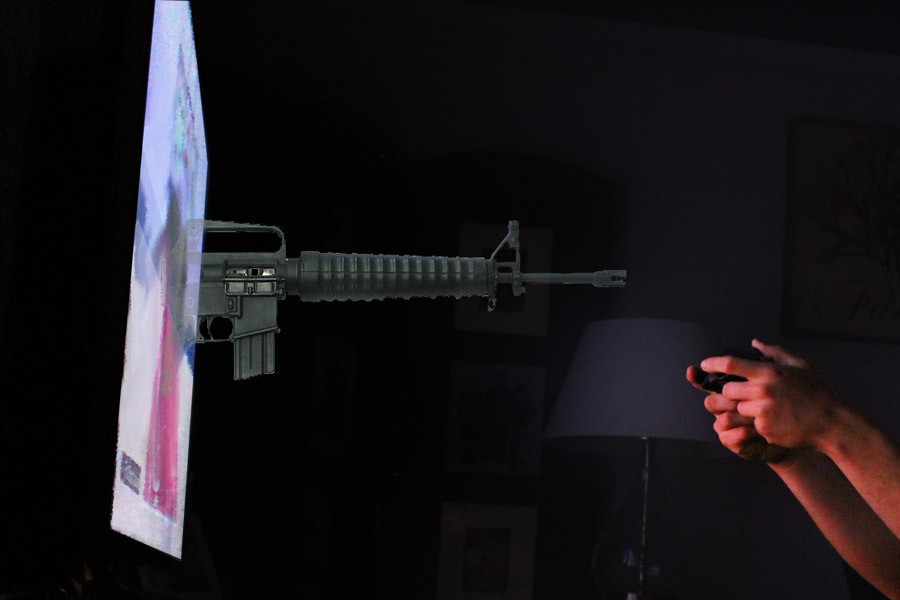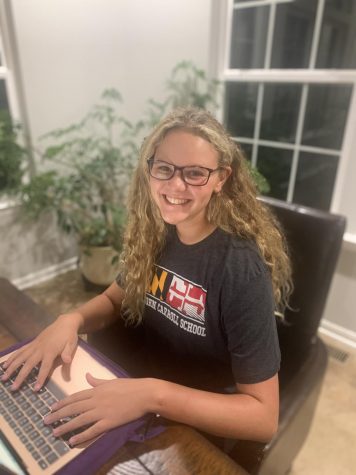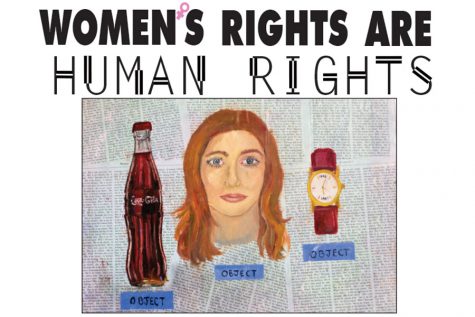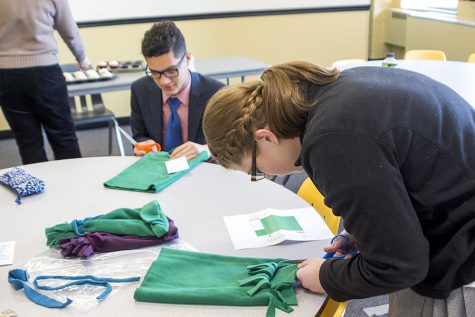Violence affects teen development
Violence portrayed in various media outlets have a negative effect on the way teenagers view the world. Teenagers need to be restricted from the amount of negative media they come in contact with to avoid depression and an increase in violent behavior.
The phrase “kill myself,” better known by its abbreviation “kms,” is used by people all over the world. This crude language, implying our own death, has become second-hand language to teenagers.
The use of these harsh words and phrases has even made its way onto social media.
One cause of these problems is the violence that surrounds us in all forms of media. In reaction, parents should be more careful with what they allow their younger children to watch, because it can shape their future.
There are many forms of social media and traditional media that are bound to grasp our attention in some way by portraying violence. Whether we come across it on the news or through Twitter, Instagram, VSCO, Snapchat, Facebook, or video games, it is easily within reach.
Video games in particular have strong negative effects on the minds of adolescents.
It can be argued that shooting guns in video games, such as “Call of Duty” or “Grand Theft Auto,” can lead to violence in real life, and according to the American Psychological Association, violent video games can cause aggressive behavior.
The harmful images and stories that are portrayed on television and in media cause children to act more violently towards each other.
According to Stephen Totilo’s article about video game violence, 60 percent of middle school boys and 40 percent of middle school girls who played at least one Mature-rated game hit someone or beat up someone, compared with 39 percent of boys and 14 percent of girls who did not play M-rated games.
Negative media can also affect how teens develop and view the world around them.
Because negative media is so easy to access, the American Academy of Child and Adolescent Psychiatry states that by the time a person is 18, they will have witnessed 200,000 violent acts. In this year alone there have been 294 mass shootings, according to The Washington Post.
Depression is another effect of negative media. According to Huffington Post, people can develop stress, anxiety, and even post-traumatic stress disorder from media violence.
Negative bias, according to Psychology Today, is defined as our brain’s greater sensitivity towards unpleasant news. This is partly to blame for the amount of violent media that is shown on TV and other platforms.
Things that scare us cause us to pay more attention, and that fact is used in the media world to attract attention. The media is causing harm to individuals because of the amount of negativity it shares with the public.
An experiment, conducted at McGill University in Canada by Marc Trussler and Stuart Soroka, found that on average people preferred to watch positive news and believed the media was too focused on the negative. Some people also believe that the world is all positive and safe, so we pay more attention to harm when it is put in front of us.
Media has also become extremely addicting. According to blog.degreed.com, studies have shown that 61 percent of people log on to Facebook daily and 40 percent log on more than once a day.
People need to understand what is going on in the world, but teens and younger children should be sheltered from negativity as much as possible until they are mentally mature enough for the society we live in.
Shootings and other violent acts have become too common in today’s society, and a change in media and parenting is necessary to bring the rate of violence down.
Megan King is a Perspectives Editor for The Patriot and jcpatriot.com.













